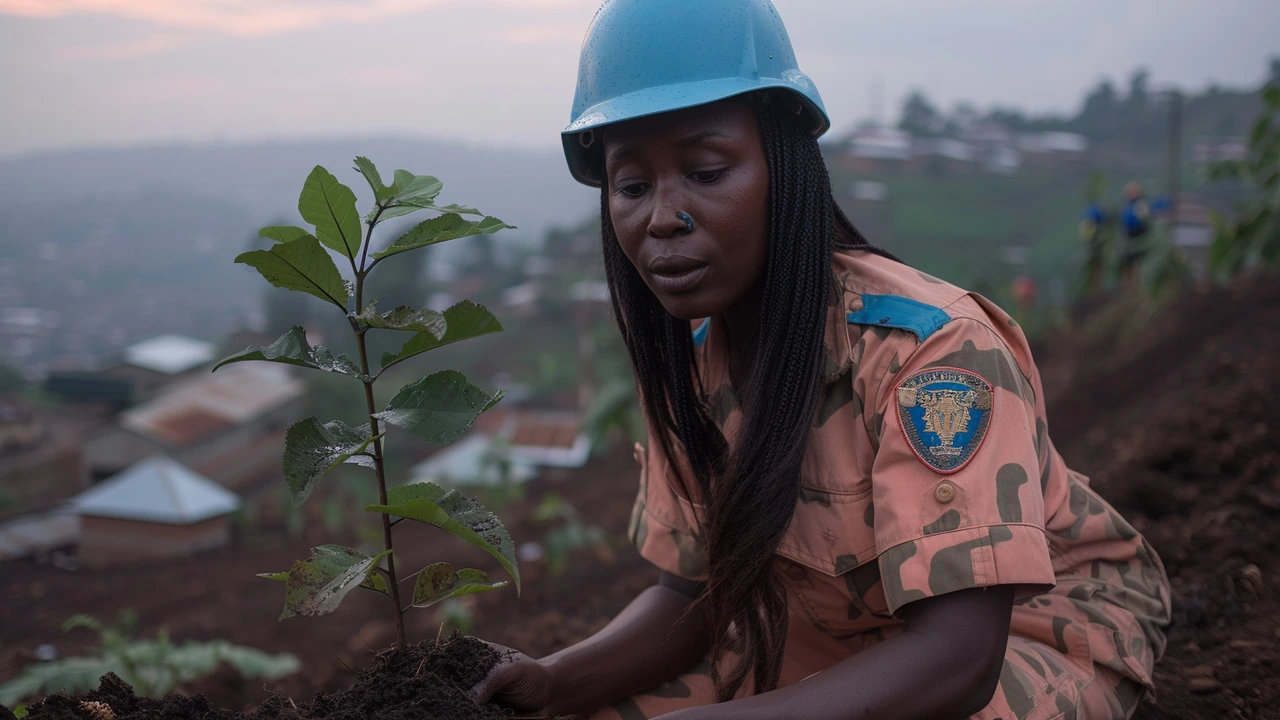What happens when peacekeeping shows up in a town torn by conflict? It’s more than blue helmets. It’s practical work that lets people breathe again. Peacekeepers can secure a clinic, escort a food convoy, clear a minefield, or train local police to handle disputes without guns. Those concrete actions let kids go back to school, farmers plant crops, and markets reopen. That’s what “changing lives” really looks like on the ground.
First, safety. When civilians feel safer, daily life returns. Peacekeepers set up patrols, protect key services, and create safe zones for aid. That protection stops attacks on hospitals and helps humanitarian teams reach families who need food and medicine. Second, infrastructure. Peace operations repair roads, rebuild water systems, and restore electricity so businesses and schools can operate. Third, institutions. Training judges, police, and local leaders helps communities solve problems without violence. Combine those three and you get a real chance at lasting peace.
Look at the small wins: a cleared road lets a truck with supplies reach a village. A trained community mediator resolves a land dispute before it turns deadly. A mine-clearing team opens farmland so families can feed themselves. Those wins don’t make headlines like big political deals, but they change daily life for thousands.
Short-term relief matters, but lasting change needs local ownership. Peacekeepers often work with local partners so communities can keep services running after missions leave. That means training teachers, mentoring police, supporting women’s groups, and helping small businesses get back on their feet. When locals lead the next steps, projects stick. Another key is measurement: tracking whether schools stay open, clinics stay staffed, and markets keep trading. Data helps donors and local leaders choose what actually works.
People also need hope. Peacekeeping that includes youth programs, job training, and community talks helps heal trauma and reduce recruitment into armed groups. And when peacekeepers protect elections or support fair courts, citizens begin to trust institutions again. Trust fuels cooperation, and cooperation prevents new violence.
Curious to learn more? This tag collects real stories, lessons, and practical ideas about how peacekeeping changes lives—how protection, rebuilding, and training combine to help communities recover. Read the posts tagged "Changing Lives" to find personal accounts, strategy pieces, and clear examples you can share or use in discussions about peacebuilding.
Want to help? Share credible stories, support organizations working on the ground, or follow local leaders’ efforts. Small actions—awareness, funding, volunteering—add up. That’s how change spreads from one village to many.

As a passionate advocate for peacekeeping, I find its transformative power truly inspiring. This piece talks about how peacekeeping missions play a crucial role in changing lives and reshaping nations. Through my lens, you will learn about the potency of peacekeeping in fostering unity, security, and prosperity globally. Also, we'll dive into the power of this global movement, one that brings hope to the distressed and stability to the unstable. I truly believe it's a cause well worth investing time and thoughts in.
